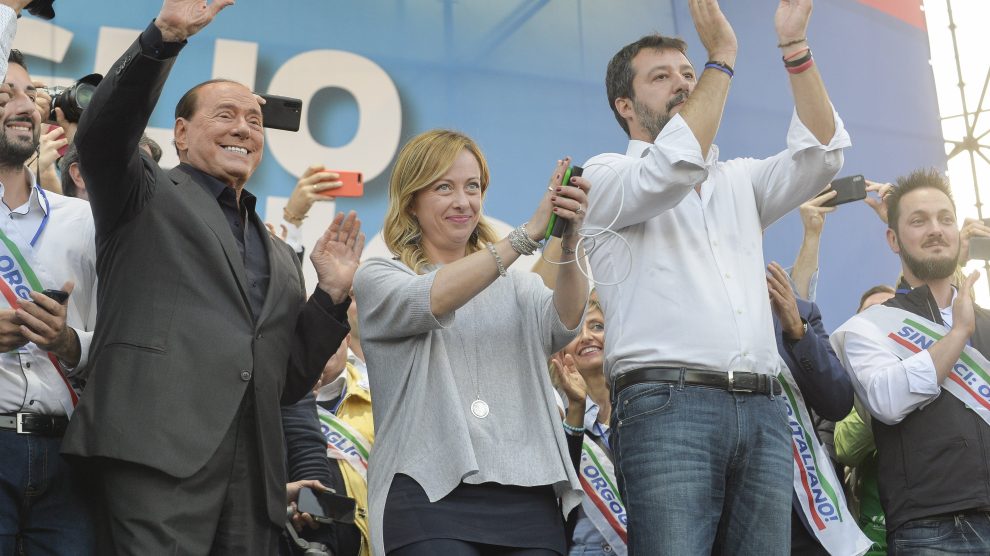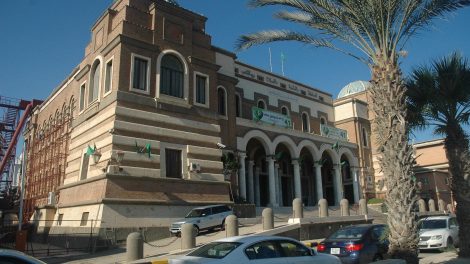The road to elections. Following the government crisis that led to the resignation of Prime Minister Mario Draghi, Italy will hold elections on September 25. The electoral campaigns are already underway and will steam ahead in the sweltering heat.
- The following weeks might get confusing for more casual observers of Italian politics. So here’s a handy guide to all the major political parties and formations (left to right), their defining characteristics and their foreign policy positions.
Five Star Movement. Led by Giuseppe Conte (who was PM before Mr Draghi), this populist and anti-establishment force has historically railed against Italy’s traditional partners – the European Union, the United States and NATO. Conversely, it has been pro-China (pushing for Italy’s entrance in the BRI) and pro-Russia (it opposed sending military aid to Ukraine). Over time Mr Conte has attempted to soften these pro-autocracy edges and brand it as a progressive force, but many among the moderates walked away.
Democratic Party. Headed by Enrico Letta (formerly a PM), this centre-left, liberal and progressive party stands for Europeanism and Atlanticism (it’s aligned with its American counterpart). It generally supports Italy’s active contribution to NATO. As such, it tends to oppose China (over human rights issues) and especially Russia; following the invasion of Ukraine, the party has been one of the driving forces behind Italy’s hardline response.
The centrists. A veritable constellation of single-digits parties, comprising Italia Viva (former PM Matteo Renzi), Azione (former minister Carlo Calenda), and +Europa (former minister Emma Bonino). They diverge slightly on specific themes but tend to be pragmatist, Europeanist, Atlanticist and pro-NATO. They support the Ukrainian resistance and adverse Russia, along with China.
Forza Italia. Chaired by Silvio Berlusconi (who has been PM four times), this is the most centrist and moderate among the right-wing parties. As such, it’s defiantly pro-EU, pro-US and pro-NATO. And it stands against autocracies such as China and Russia, although Mr Berlusconi shares a close personal history with Vladimir Putin and has pushed Rome closer to Moscow in the past. This connection did not prevent the party from supporting Ukraine without fail.
League. Led by Matteo Salvini (former deputy PM), this right-wing, conservative and populist party is rooted in a Eurosceptic and pro-Russian background. Nonetheless, it also houses moderate conservatives and has evolved into a party with mixed sensibilities. The relevant section of the party’s establishment (which comprises the second-in-command Giancarlo Giorgetti) is definitely more Atlanticist and enjoys warm ties with the US Republican Party. Still, the party has dragged its feet on sending weapons to Ukraine. It adopted harsh rhetoric against China but allowed Italy’s entrance in the BRI when it governed with the 5SM.
Brothers of Italy. Headed by Giorgia Meloni, this once-fringe hard-right party is morphing into something more akin to a mainstream European conservative force steeped in Atlanticism. Over the past years, Ms Meloni forged a strong alliance with the US Republican Party; she spoke at three of the party’s conventions, affiliated with the Aspen Institute and the International Republican Institute. The party softened its historical Eurosceptic edge and instantly sided with Ukraine when Russia invaded. Also, it’s strongly averse to China.




